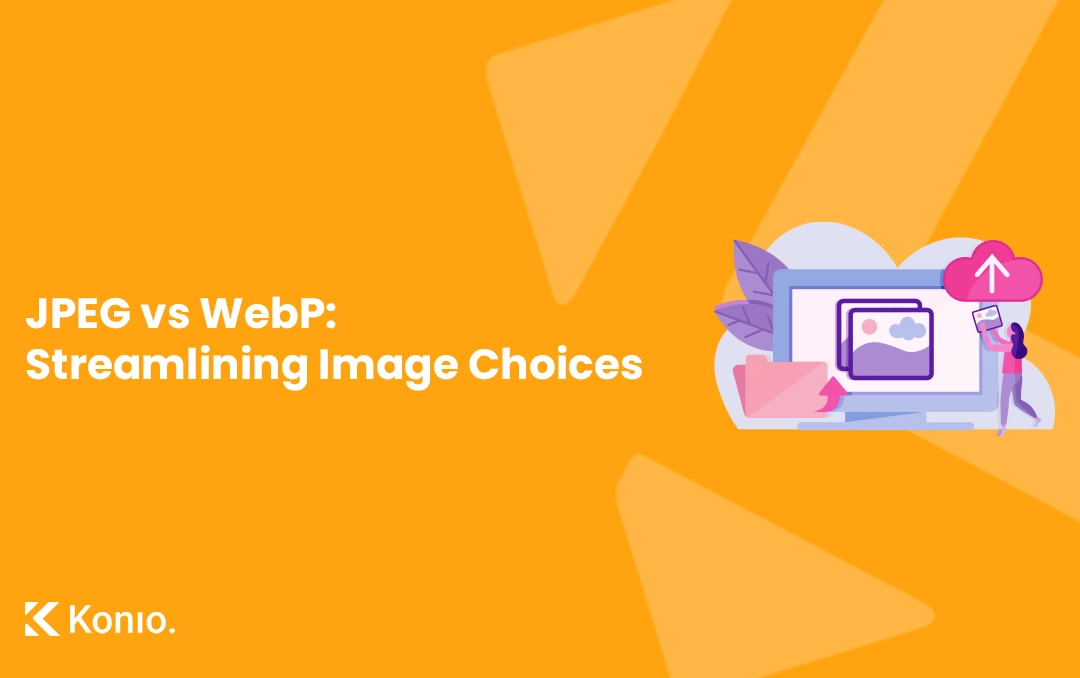In the fast-paced digital world, website performance and visual appeal go hand-in-hand. Choosing the right image format can make all the difference in how your site looks and performs. Among the most popular contenders are JPEG and WebP. So, which one is best for your web design needs? Let’s dive in.
What Is JPEG?
JPEG, short for Joint Photographic Experts Group, is one of the oldest and most widely used image formats. Its ability to compress images into smaller file sizes while retaining good quality has made it a standard for decades.
Pros of JPEG:
- Universally supported across all browsers and platforms.
- Ideal for photographs and images with complex gradients.
- Small file sizes make it suitable for faster loading speeds.
Cons of JPEG:
- No support for transparency or animation.
- Larger file sizes compared to modern formats like WebP.
- Over-compression can lead to noticeable quality loss.
When to Use JPEG:
- Compatibility is key, especially if targeting users on older browsers or devices.
- You’re working with simple tools or platforms that don’t support WebP.
What Is WebP?
JPEG, short for Joint Photographic Experts Group, is one of the oldest and most widely used image formats. Its ability to compress images into smaller file sizes while retaining good quality has made it a standard for decades.
Pros of WebP:
- Offers both lossy and lossless compression for versatility.
- Supports transparency (great for logos and overlays) and animation (GIF alternative).
- Smaller file sizes compared to JPEG, improving page load times and SEO.
Cons of WebP:
- Limited support on older browsers or platforms (though this is improving).
- Requires conversion tools for compatibility with some editing software.
When to Use WebP:
- Optimizing for modern web performance is a priority.
- You want advanced features like transparency and reduced file sizes.
< Wrapping Up />
WebP is a strong choice for modern, performance-oriented websites, thanks to its superior compression and advanced features. However, JPEG still holds its ground as a reliable and widely compatible format. The best approach might involve using both formats strategically, depending on your audience and specific design needs.




